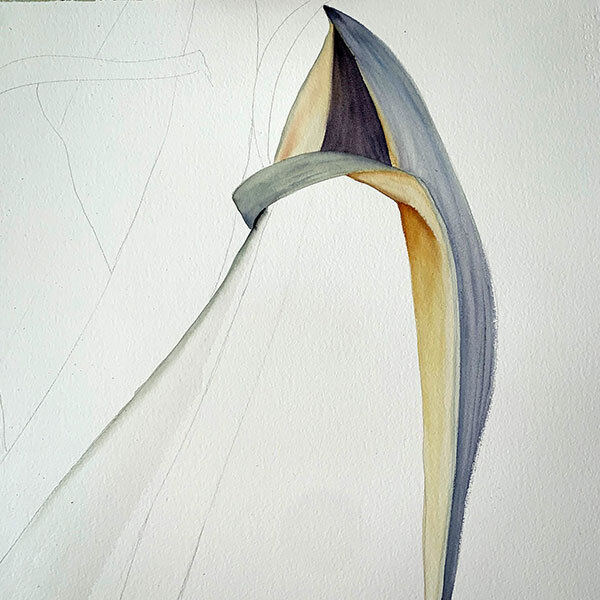I bought my first cat for 99¢ at Maxwell Street Days when I was six.
My family knew I wanted a cat. I’d been told that when “so-and-so’s” cat had kittens, I’d get one. I waited — f-o-r-e-v-e-r.
When I saw “Butterball” at the street fair, I knew she was mine.
It takes time for cats to have kittens and more time for kittens to be weaned. Time means nothing to a six-year-old.
Time is Elastic.
Sometimes it “races,” other times, it “drags on.”
The way you spend your time determines its elasticity. Maybe you experienced both dragging and speeding time this year.
Life is still shifting, and there’s a lot to consider.
My first “Balancing Act” was painted in 2014 (clearly, this is an on-going quest.)
While we coped with life under social lockdown, changes took place within and around us.
As I begin to face the outside world again, I’m not sure I’m ready.
Are you ready?
How do you want to move forward in your life and career?
(Notice, life before career!)
What do you want it to look like? How do you want to feel?
What did you realize this past year that you didn’t know before?
Life is in constant flux. We’re constantly recalibrating and balancing.
Even when we’re standing still, balance keeps the ever-moving molecules of our body working in unison. Fortunately, our body keeps track of that.
It’s up to us to consciously balance the rest of life.
We now have the opportunity to consciously balance ourselves, our interactions with others, and our planet.
I’m not interested in moving in crazy circles just because I can. I’m looking for a better way to live, not a crazier one.
Let’s focus on what it is that we do want to create and move toward that.
Let’s notice results and base next actions upon desired results.
Copy. Paste. Repeat.

















